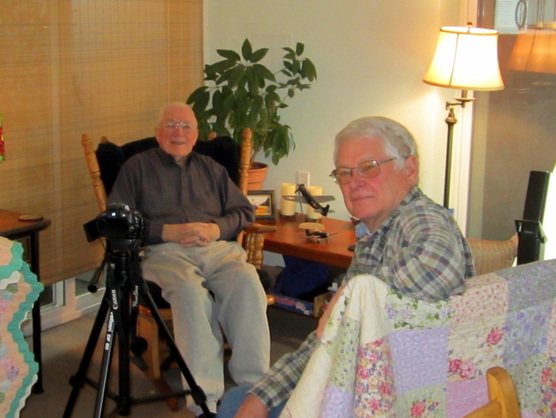Hello, hope everyone is having a great Friday. My name is Paul and I recently started to pursue my PPL .
I could use some guidance on whether I should stick with TRI gear for learning then get TW endorsement or go straight to tail trigger.
At the current air field they have tail draggers for training 1xJ3 ,1x champ not sure which model and 1x c152 I believe. So far I have been in a c172.
My goals once I get my PPL.
1. Buy a new home in my home town
2 Join local aero club build proficiency/make friends
3. Buy a Taylorcraft that meets my mission (flying out of my back yard and flying 80% local) and once Im capable land on the river gravel bars and fish.
Any info would be greatly appreciated. If anyone is in the Redding Ca area or San Diego area let me know. Im just trying to collect as much info as i can to make an informed decision.
I could use some guidance on whether I should stick with TRI gear for learning then get TW endorsement or go straight to tail trigger.
At the current air field they have tail draggers for training 1xJ3 ,1x champ not sure which model and 1x c152 I believe. So far I have been in a c172.
My goals once I get my PPL.
1. Buy a new home in my home town
2 Join local aero club build proficiency/make friends
3. Buy a Taylorcraft that meets my mission (flying out of my back yard and flying 80% local) and once Im capable land on the river gravel bars and fish.
Any info would be greatly appreciated. If anyone is in the Redding Ca area or San Diego area let me know. Im just trying to collect as much info as i can to make an informed decision.


Comment